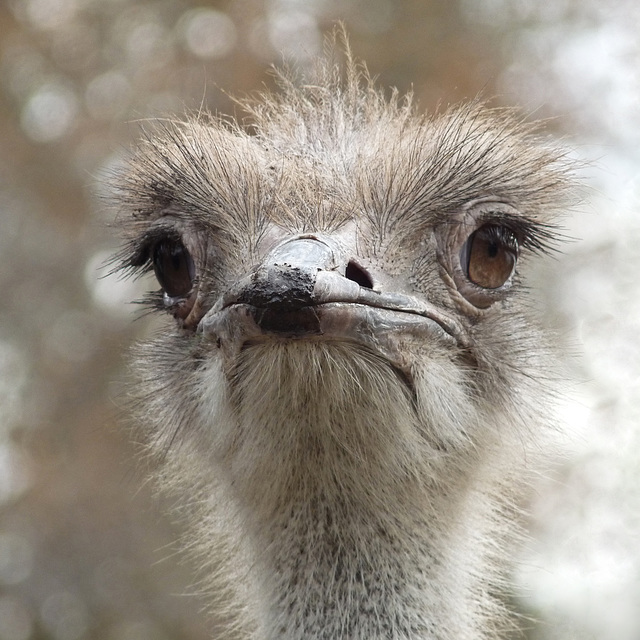Avian perfection
Little pink bells
Feeding in the stubble
Pineappleweed / Matricaria discoidea
White-throated Sparrow
Snow drifts
Slime mold, Spirit Rocks Sanctuary
Glowing in the sunlight
LOOK CLOSELY : )
Snow, snow, and more snow
Fun in the snow
Tears for Jasmine, R.I.P.
Yellow-headed Blackbird
Carnations for his sweetheart : )
Worthy of another look
Conocephalum conicum liverwort
Mallard curls
Echinacea purpurea, Lucky Star
Screen shot to show my thumbnail problem on Flickr
Star-flowered Solomon's Seal
Thoughts of spring
Lesser Scaup male
Frank Lake area
Eriogonum species (flavum?)
Possibly Laccaria proxima?
Love a splash of colour
Picklejar Lakes trail, Kananaskis
In a farmer's field
A reward for facing my fears : )
Colour in between the whites
A rare (for me) in-flight shot
At the river's edge
Mourning Dove
Drummond's Thistle / Cirsium drummondii
Beautiful weather - beautiful place
Me : )
Butter-and-eggs / Linaria vulgaris
Another birdwatcher
Plateau Mountain, Kananaskis
Evening Grosbeak, Costco Connection magazine
In your dreams
The reality is ...
Male flowers of the Limber Pine
Sitting pretty
Western Wood Lily
Location
See also...
Keywords
Authorizations, license
-
Visible by: Everyone -
All rights reserved
-
294 visits
Bad feather day


This Ostrich at the Calgary Zoo looks rather like s/he got up on the wrong side of the bed - though I guess, in reality, that is what Ostriches always look like, ha. Taken on17 October 2009, and found while trying to save a few more of my old photos this week. I really need to make a lot more space on my hard drive before spring arrives and along with it, all the upcoming botanizing photos. This is getting done ridiculously slowly.
"The ostrich shares the order Struthioniformes with the kiwis, emus, rheas, and cassowaries. It is distinctive in its appearance, with a long neck and legs, and can run at up to about 70 km/h (43 mph),[3] the fastest land speed of any bird.[4] The ostrich is the largest living species of bird and lays the largest eggs of any living bird (extinct elephant birds of Madagascar and the giant moa of New Zealand laid larger eggs).
The ostrich's diet consists mainly of plant matter, though it also eats invertebrates. It lives in nomadic groups of 5 to 50 birds. When threatened, the ostrich will either hide itself by lying flat against the ground, or run away. If cornered, it can attack with a kick of its powerful legs. Mating patterns differ by geographical region, but territorial males fight for a harem of two to seven females.
The ostrich is farmed around the world, particularly for its feathers, which are decorative and are also used as feather dusters. Its skin is used for leather products and its meat is marketed commercially." From Wikipedia.
en.wikipedia.org/wiki/Ostrich
Funny to even think about wildflowers and insects, as we are having a winter storm today, with heavy, blowing snow! Visibility is really bad, but the temperature is only -3C. Drive carefully if you HAVE to go out, everyone - me, I'm staying home : )
"The ostrich shares the order Struthioniformes with the kiwis, emus, rheas, and cassowaries. It is distinctive in its appearance, with a long neck and legs, and can run at up to about 70 km/h (43 mph),[3] the fastest land speed of any bird.[4] The ostrich is the largest living species of bird and lays the largest eggs of any living bird (extinct elephant birds of Madagascar and the giant moa of New Zealand laid larger eggs).
The ostrich's diet consists mainly of plant matter, though it also eats invertebrates. It lives in nomadic groups of 5 to 50 birds. When threatened, the ostrich will either hide itself by lying flat against the ground, or run away. If cornered, it can attack with a kick of its powerful legs. Mating patterns differ by geographical region, but territorial males fight for a harem of two to seven females.
The ostrich is farmed around the world, particularly for its feathers, which are decorative and are also used as feather dusters. Its skin is used for leather products and its meat is marketed commercially." From Wikipedia.
en.wikipedia.org/wiki/Ostrich
Funny to even think about wildflowers and insects, as we are having a winter storm today, with heavy, blowing snow! Visibility is really bad, but the temperature is only -3C. Drive carefully if you HAVE to go out, everyone - me, I'm staying home : )
- Keyboard shortcuts:
Jump to top
RSS feed- Latest comments - Subscribe to the comment feeds of this photo
- ipernity © 2007-2024
- Help & Contact
|
Club news
|
About ipernity
|
History |
ipernity Club & Prices |
Guide of good conduct
Donate | Group guidelines | Privacy policy | Terms of use | Statutes | In memoria -
Facebook
Twitter

Sign-in to write a comment.